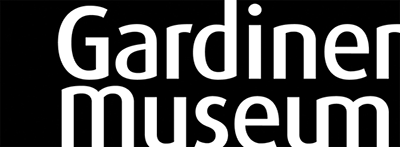German Porcelain

Hard-paste porcelain was first produced commercially in Europe at Meissen, where a manufactory was established in 1710 by Augustus the Strong, Elector of Saxony and King of Poland. Despite ardent attempts to prevent the arcanum (the secrets of porcelain production) from spreading, it proved impossible. Thanks to the poaching of expertise and personnel, a small private enterprise was established in 1718 in Vienna by Du Paquier. However, Meissen flourished and dominated the production of hard-paste porcelain in Europe until the late 1750s, when Saxony was defeated during the Seven Years War.
In 1745 the arcanum was stolen from Vienna. Porcelain manufactories were consequently established all over the German States and throughout Europe. Most were patronised by local princes and aristocrats, as it became highly fashionable to own a porcelain manufactory. Many of these failed by the end of the eighteenth century, but a few continue to flourish today.
The Gardiner Museum has outstanding holdings of Meissen porcelain given by George and Helen Gardiner. These were substantially expanded by the collection of Dr. Hans Syz, which includes examples from every German porcelain manufactory of the second half of the eighteenth century.
























